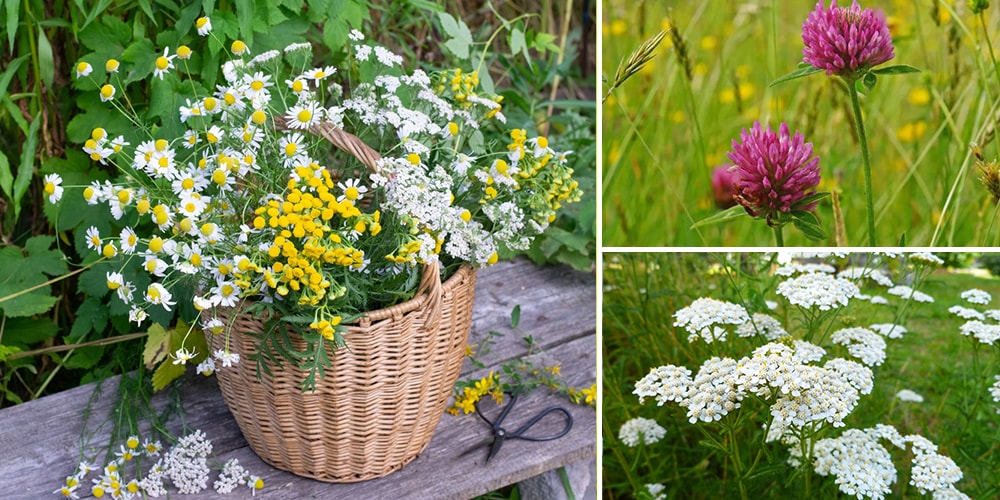
10 Summer Wildflowers that Make Powerful Herbal Remedies
The beach and the great outdoors are not the only thing that defines summer. It is also the best time for foraging wildflowers that have bloomed in spring.
In early summer, just before the plant blooms, flowering wildflowers have the highest concentration of volatile oils. The roots are also best for picking during the tail end of summer when they are at their peak term of vitality.
Wildflowers You Should Look For
Here are some of the common summer wildflowers that make a powerful herbal remedy. You can forage many of them in the wild or choose to grow them in your botanical garden as handy medicine for any illness.
Passionflower
Passionflower (Passiflora incarnata) is a standout plant in the garden with its uniquely shaped flowers that also attract pollinators. Passionflower produces egg-shaped fruits. However, note that this is a different species from the plant that produces passion fruit.
The main application of passionflower in medicine is in treating anxiety, addiction and inducing sleep. It has an anxiolytic and sedative effect due to the presence of supportive compounds like gamma-aminobutyric acid (GABA). Consuming passion flower reduces brain activity, balances the hormones and increases libido.
Passionflower is also great for other diseases like hypertension, epilepsy and respiratory problems. Its flowers possess antibacterial and antifungal actions as well.
The fresh leaves, flowers and stems of passionflower can be steeped as tea and taken twice a day to cure psychiatric symptoms.
Agrimony
Agrimony (Agrimonia eupatoria) is a perennial plant found in wastelands, banks and fields of temperate regions. This small plant grows yellow flowers and is a slightly aromatic plant.
The plant has numerous medicinal uses but it is highly regarded in traditional medicine as a cancer medicine. Native Americans used agrimony for treating cough, sore throat, diarrhea, skin problems and menstrual difficulties. Over time, its uses were explored and agrimony became a promising herb for treating diabetes, respiratory, digestive and gallbladder issues.
Its potent form is making tea from the flowering tops before the seeds emerge. A decoction of dried agrimony leaves is taken orally or applied topically. If using it as a topical and bath additive, do not step out into the sun as it may induce sunburn.
Purple Coneflower
Like other species of Echinacea, purple coneflower (Echinacea purpurea) is valued for its immune-enhancing properties. It is commonly used to support the body’s natural defenses and promote overall wellness. Additionally, it may have anti-inflammatory and antimicrobial effects.
It is believed to help reduce inflammation and associated symptoms in conditions like arthritis, allergies, and skin irritations. Purple coneflower has traditionally been used topically to promote wound healing. It may help reduce inflammation, stimulate tissue regeneration, and support the body’s natural healing process.
It also contains antioxidants that help combat oxidative stress and protect cells from damage caused by free radicals. Antioxidants are beneficial for overall health and may contribute to the prevention of chronic diseases.
Evening Primrose
Evening primrose (Oenothera biennis) oil is often used to support hormonal balance, especially in women. The gamma-linolenic acid (GLA) in the oil is believed to help regulate hormones and alleviate symptoms associated with hormonal imbalances, such as menstrual cramps, premenstrual syndrome (PMS), and menopause-related symptoms.
The GLA in evening primrose oil possesses anti-inflammatory properties, which may help reduce inflammation in the body. It has been used to alleviate symptoms of inflammatory conditions like rheumatoid arthritis, osteoporosis, and asthma.
Evening primrose oil is sometimes used to support nerve function and promote a positive mood. The GLA in the oil is thought to influence neurotransmitters in the brain, helping with conditions like depression, anxiety, and nerve-related disorders. It may also have beneficial effects on cardiovascular health: reduce blood pressure, improve blood flow, and support healthy cholesterol levels, thereby contributing to overall cardiovascular well-being.
Yarrow
Yarrow (Achillea millefolium) is another member of the aster or daisy family that grows in undisturbed places. This ornamental plant grows in clusters with colors ranging from white and pink to yellow. In addition to its colorful blooms, yarrow is also valued for its medicinal benefits.
Yarrow is diaphoretic which aids in reducing fever. It also serves as a diuretic to regulate fluid balance in the body. Depending on how it is used, yarrow can give different effects. When taken as a cold tea, yarrow works on the kidney and digestion. Warm yarrow tea opens up the skin and eases blood circulation, reduces fever and alleviates respiratory conditions.
An infusion of yarrow is prepared by boiling 1 to 2 tsp of the dried herb in a cup of water and steeping it for 10 to 15 minutes. You can take it three times a day or hourly for a fever.
Add Yarrow and Evening Primrose to your herbal medicine cabinet by getting these top-quality seeds.
St. John’s Wort
The yellow flowers of St. John’s Wort are a common sight on many roadsides in temperate regions. St. John’s Wort (Hypericum perforatum) is popularly cultivated in ornamental and botanical gardens because it serves the purpose without being too demanding. The plant is easy to grow. However, its creeping rhizomes can grow invasively.
St. John’s Wort is a choice plant for treating anxiety, depression and panic disorders. It has a high concentration of hypericin and hyperforin that regulates the uptake of serotonin. Thus, it is highly valued for its benefit against many neurological conditions.
There are many different ways of consuming St. John’s Wort. It can be taken as tea or decoction, liquid extract tincture, salve or capsule.
Self-Heal
Self-heal (Prunella vulgaris) is another wildflower that dots the meadows with its vibrant blue-to-violet bloom. This herb is best used for mouth infections, wounds, viral infections and respiratory problems. Self-heal is capable of lowering chronic inflammation brought on by seasonal allergies.
In ancient medicine, self-heal is used as a drink or bath to lower fever and treat skin irritations. When in the wild, Prunella vulgaris can be used as a first aid for wounds and bleeding. A decoction of its leaves may also treat internal bleeding, hemorrhage or relieve extremely heavy menstruation.
For a self-healing regimen and to boost the body’s functions, try this easy Self-heal tea:
Place 8 cups of water in a pot and add 4 tbsp of dried prunella. Allow the mixture to boil, then reduce the heat and let it simmer for 30 minutes. Drink self-heal tea twice a day as a tonic for alleviating symptoms of many health problems.
Blue Vervain
Blue vervain (Verbena hastata) has a rich cultural history that goes back to the Druids and Romans. They often pop out on roadsides, identifiable by their vivid blue candelabra shaped flowers. The flowers are often used as a ceremonial herb placed in altars and used in rites of purification.
Vervain seeds are consumed as food while its leaves are prepared as tea. It has many purported health benefits especially in boosting liver health and relieving digestive problems. Blue vervain is also beneficial in treating depression, epilepsy and seizures. Its mother tincture can cure insomnia, migraine and inflammation like sciatica and arthritis.
The aerial parts of vervain are used in medicinal preparations. But, the most potent source of healing compounds is found in its roots.
Daisy
Daisy (Bellis perennis) is a common wildflower naturalized in many temperate regions. It belongs to the family of dandelions and is often considered a lawn weed. But during warmer months, the white and yellow daisy florets are a welcoming sight that brightens up the lawn.
The common daisy is not to be underestimated as an herbal plant. It is one of the most effective cures for diarrhea and gastrointestinal irritations. Its poultice can relieve inflammation, sprains, and pain from cuts and bruises.
Daisy infusion is rich in Vitamin C boosting the immune system and reducing the number of sick days. It is a recommended safe remedy for catarrh, cough and other symptoms of cold. If you have jet lag, varicose veins, recurring headaches, rheumatism or Bell’s palsy, daisy tea is also a very effective herbal remedy.
Red Clover
Red Clover (Trifolium pratense) is also known as cow grass, a wildflower existing in almost every state in the United States. Aside from its economic importance, red clover is also a very effective plant possessing many potent healing properties.
The cooling nature of red clover is great for relieving heat rash, irritability, headache and digestive problems. It was traditionally used as an antidote to snake, insect and other animal bites and often boiled with dandelion and pigweed. Red clover tea made from its fresh flowers can cure whooping and dry cough.
Red clover can increase the chance of pregnancy by helping balance the hormones and treating women’s reproductive problems like endometriosis and infertility.
To make red clover tea, just boil its leaves, flowers or roots and simmer for 10 minutes. You can take half a cup in the morning before breakfast. You can also use the infusion as a bath additive to alleviate skin problems in children.
Takeaway
Many wildflowers are adapted into modern medicines. They make up almost 25% of modern drug ingredients after thorough studies on their potent properties. But aside from their useful medicinal use, summer wildflowers are also a good addition to ornamental gardens. These flowers provide aesthetic quality to a garden with their variety of colors and textured foliage. Wildflowers are essential for supporting biodiversity and creating a thriving habitat. They attract a diverse range of pollinators, including bees, butterflies, hummingbirds, and beneficial insects, which play crucial roles in pollination and maintaining a healthy ecosystem.
Summer wildflowers are abundant in meadows, wastelands and even in disturbed areas. If you know how to identify them, you can surely stock up on ample natural medicine you can preserve until the next season.

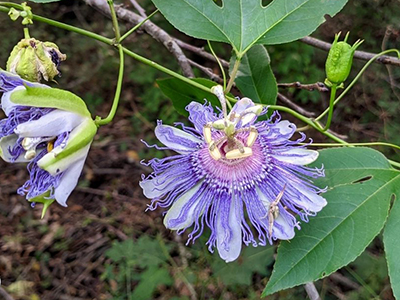
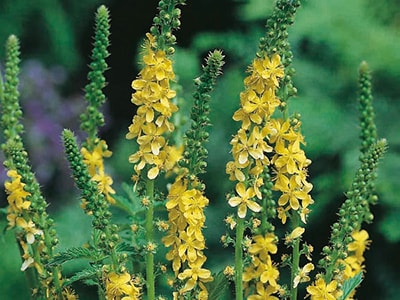
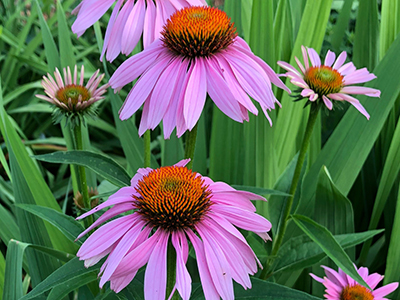
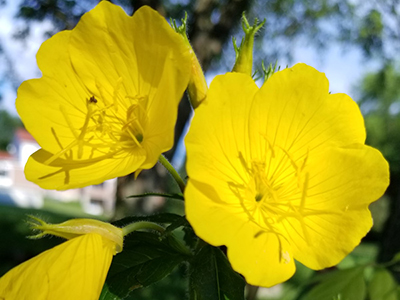
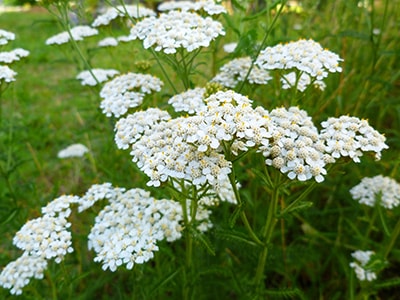
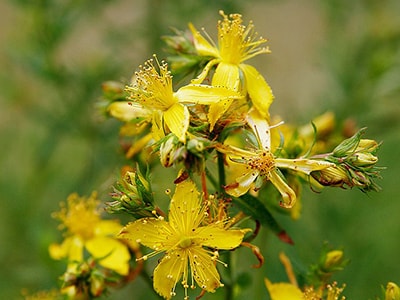
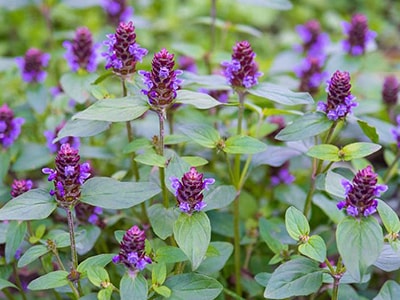
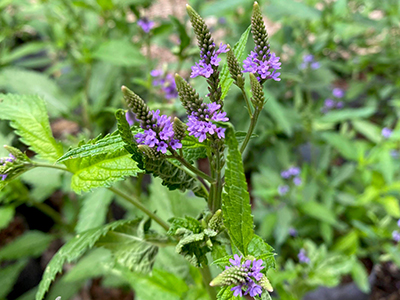
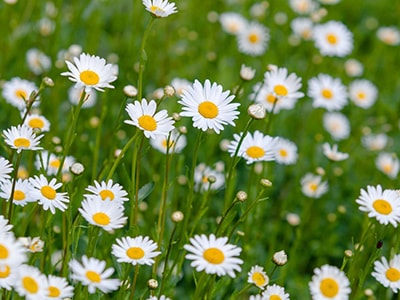
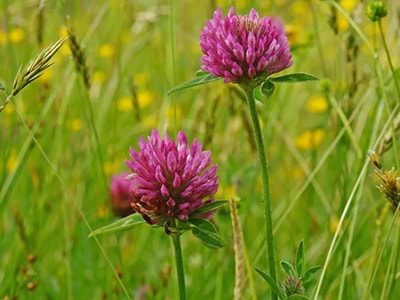
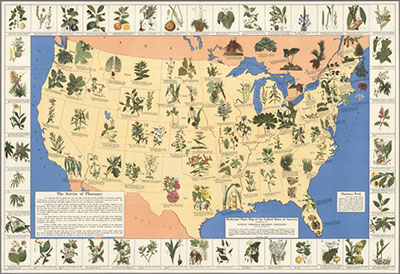
I would love it if the growing zones for each plant were added to article